Exploring the Lustful Gods and Sexuality of Ancient Greece
From the Cretan civilization to the Spartans, Ancient Greece is famous for its views on sexuality and stories about sexuality. You must have heard about the love stories and sexual adventures of the Greek gods. After all, the number of adventures by Zeus is endless! Here we have analyzed this interesting Ancient Greek history in the context of sexuality.
In many ways, it is not surprising that sexuality comes to mind when we think of ancient Greece and Greek mythology.

Even Zeus, the god of gods, is famous for his relationships with many gods and humans, both men and women. If you remember some of the stories about him, you can imagine that Ancient Greece was not far from incest, rape and multiple marriages. Let's take a look at the details of these stories together.
1. The expression of sexuality in Ancient Greece begins with the Cretan civilization, which ruled from about 3650 to 1400 BC.
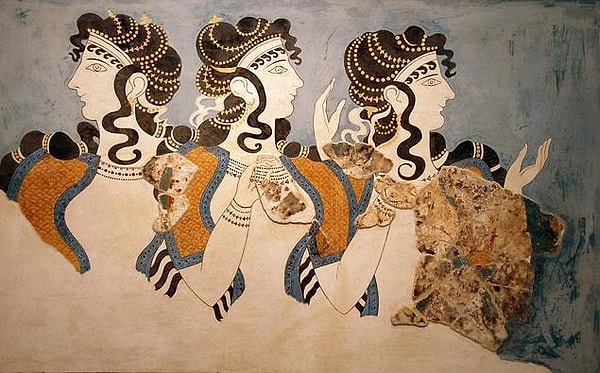
During this period, women dressed half-exposed. They wore short-sleeved dresses with frilly skirts and bare midriffs and breasts. They also wore strapless corsets, which are said to be the earliest known examples of body-hugging clothing!
Women were usually depicted with thin waists, large breasts, long hair and full hips. Today, such a depiction might sound sexist, but not at that time.
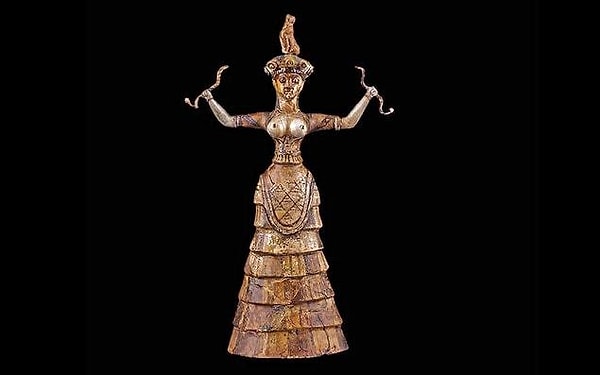
On the contrary, it is possible to say that instead of reflecting the point of view of male artists, the inspired women were expressing their gender and showing their status. In other words, the works based on women did not reflect men's lust or definitions of the 'ideal woman'. In other words, Cretan women could enjoy being women!
Although the term may not sound pleasant, "pederasty" was another aspect that could not be ignored when referring to sexuality in Ancient Greece.
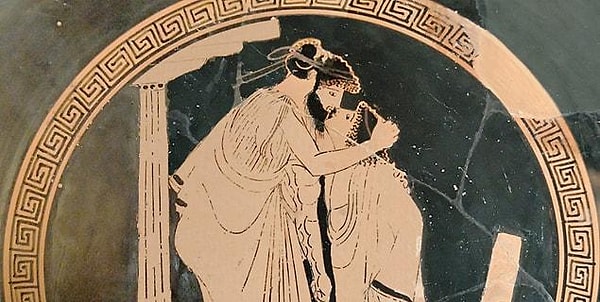
The ritual of 'kidnapping the male child of a noble family by a young aristocrat', which is thought to have existed since the Cretan Civilization, is one of the earliest examples of pedophilia. In this ritual, the aristocrat was called 'philetor' meaning 'one who is friendly', while the boy was called 'kleinos' meaning 'glorious'.
In the ritual, the 'philetor' would take the 'kleinos' deep into the forest and hunt with him for two months, entertaining his friends and having sexual intercourse in the process.

In the process, the boy was thought to learn about life and acquire virtues such as responsibility and respectability. If the boy enjoyed the adventure, he would be promoted from 'kleinos' to 'parastates', which means 'companion'.
'Philetor' would shower the boy with gifts: a chalice with spiritual meaning, an ox to sacrifice to Zeus and a military uniform.
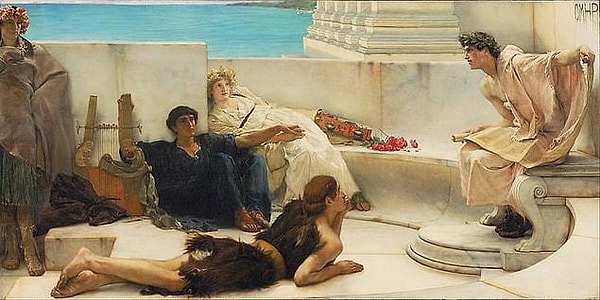
In the end, the child would have to make a decision about his relationship with this man who had kidnapped him. He could choose to continue with him or, if he had been mistreated, he could expose the man and end the relationship. It doesn't really matter what choice he made, given that such a tradition is out of the question today!
3. You may have heard of the lecherous 'satyrs' who have donkey ears, horse tails and are half goat and half human.
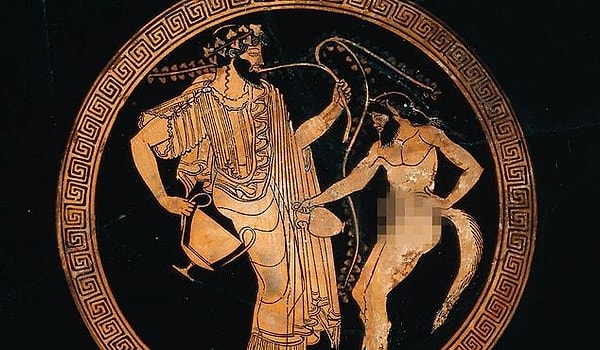
Satyrs, who played an important role in the sexual history of Greek mythology, were creatures who walked around with erect genitals and masturbated; they were often associated with rape and necrophilia. Satyrs were adept at playing penis-shaped, two-pipe instruments and were fond of dancing, women and wine.
Apart from being the representation of sexuality in a mythological context, satyrs have also given their name to the disease of sex addiction, which is called 'satyriasis' in psychology today.

Physicians who practiced medicine during the Roman Empire were inspired by the satyrs and thought such a name appropriate for their male and female lecherous patients.
4. In Greek mythology, one of the most important stories is the story of Achilles, the glorious hero of the Trojan War, and his love for Briseis of Troy, whom he took as a trophy of war.
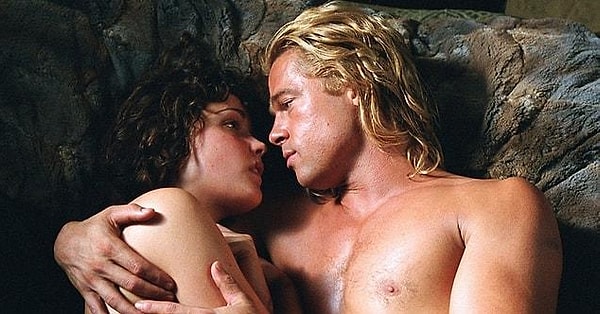
As you may remember from the movie 'Troy', they were a very hot couple. In the legend, Achilles, after slaughtering Briseis' entire family, saw their beautiful and very intelligent daughter as a reward for himself. Since this girl had no one else but Achilles, she could see no one else but him. It should be noted that this very masculine hero is said to have had relationships with many men.
5. Masturbation was quite common in Ancient Greece, and it carried with it a sense of security because it didn't carry the disappointment of a real relationship.
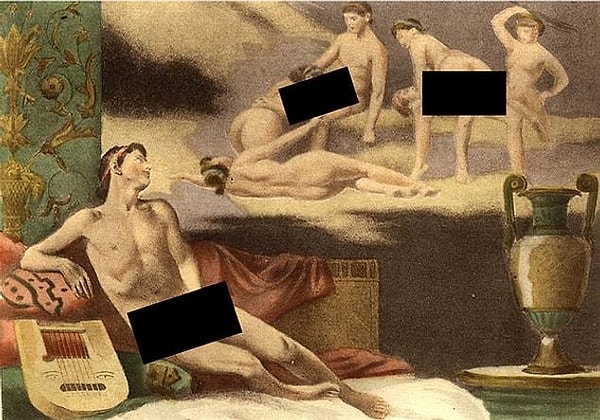
It is worth noting, however, that masturbation was mainly practiced among the ordinary people. For the nobility, it was an act that wasted time and semen. So masturbation was associated with madmen, slaves and other people.
Diogenes, the philosopher known for living in a barrel, also masturbated regularly in the middle of the street.
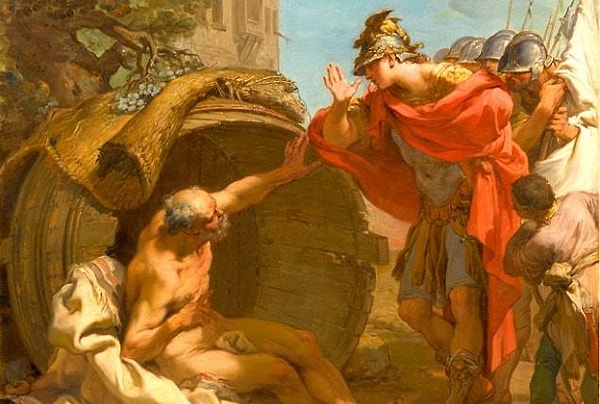
Diogenes, who defended himself by saying, 'I wish I could spend my hunger like this, by stroking my belly,' was condemned not only for masturbating in public but also for eating in the town square.
Of course, masturbation is not unique to Ancient Greece; many other civilizations have also left evidence of it.

For example, a clay figurine of a masturbating woman from the fourth century BC was found in Malta. The Sumerians also believed that masturbation, either by themselves or with a partner, increased sexual power. In ancient Egypt, masturbation by a male god was seen as a creative and magical act.
6. Femininity in men and wearing clothes typical of the opposite sex are common phenomena in mythology and history.

In ancient Greece, men were expected to be strong, masculine, sharp-witted and passionate. In this respect, feminine men were seen as 'unnatural' and were associated with weakness and softness. Which were despised traits.
On the contrary, some names that are said to wear women's clothes may surprise you!

For example, according to the Roman poet Ovid, Hercules dressed in the clothes of the Lydian queen Omphela and she wore his famous lion-skin clothes and picked up his stick, a symbol of masculinity and power. Of course, it should be noted here that Hercules was Omphela's slave at the time.
According to some sources, there was also a period when Achilles, our "lion-hearted" hero, lived disguised as a woman.

Achilles' mother hid her son disguised as a young girl in the house of an aristocrat named Lycomedes to save him from military conscription. Disguised as a red-haired woman, Achilles' nickname was 'Pyrrha'. While living here among the aristocrat's daughters, he raped one of them and had a son...
There are also rumors that 20-year-old Julius Caesar disguised himself as a woman while living in the palace of King Nicodemes IV.

It is even reported that he was referred to as the 'Queen of Bithynia' or 'every man's woman and every woman's man'. Also, the sleeves of some of her clothes decorated with long tassels and the loose belt were considered very strange at that time.
What do you think about ancient Greek perspectives on gender and sexuality? Let's meet in the comments!
Keşfet ile ziyaret ettiğin tüm kategorileri tek akışta gör!


Send Comment